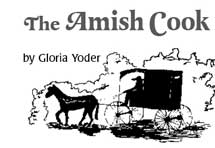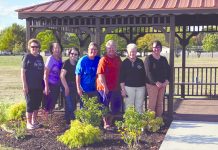Just as all of you, the writers of this weekly article have an abundant amount of “stuff” banging around in our gray matter. Somewhere within that conglomeration of the coherent and the incoherent, there are some thoughts and ideas of merit. Often, swirling in that brain overload, information, thoughts, ideas and opinions surface, crash, and…



